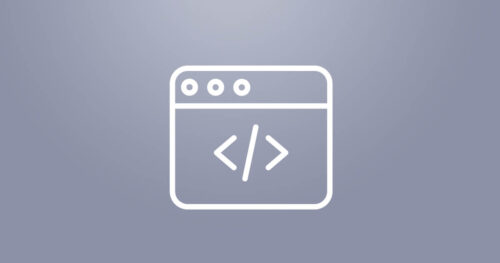The Java EE 7: Back-End Server Application Development training teaches you how to build and deploy enterprise applications that comply with Java Platform, Enterprise Edition 7 Full Profile. Learn to develop applications with the following technologies: Enterprise JavaBeans (EJB), Java Persistence API (JPA), JDBC, Java Transaction API (JTA), Contexts and Dependency Injection (CDI), Java Message Service (JMS), Bean Validation, Batch API, Timer services, Java EE Concurrency and more.
Learn To:
- Use Java EE 7 technologies to create, read, update and delete database records using both JDBC and JPA technologies.
- Create a flexible component model using EJB and CDI technology.
- Create SOAP-based and XML web services.
- Develop the business and integration tiers of an enterprise application.
- Understand how those components responsible for: interacting with other systems through web services and message queues.
- Become proficient with database access and manipulation using transactions.
- Provide timer, concurrency and batch services.
- Develop expertise using Java Enterprise Edition 7, the latest version of the Java platform for development of enterprise applications.
Benefits to You
When you walk away from this course, you will have developed the knowledge and skills to read and write messages to systems that may or may not be developed using Java with Java Message Service create batch services to process thousands of jobs in parallel. This interactive, hands-on training is an excellent follow-up course to the Java EE 7: Front-end Application Development training.




